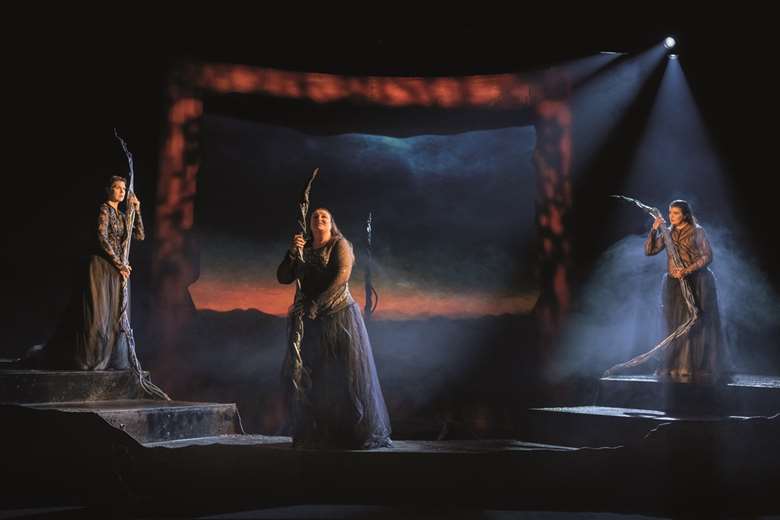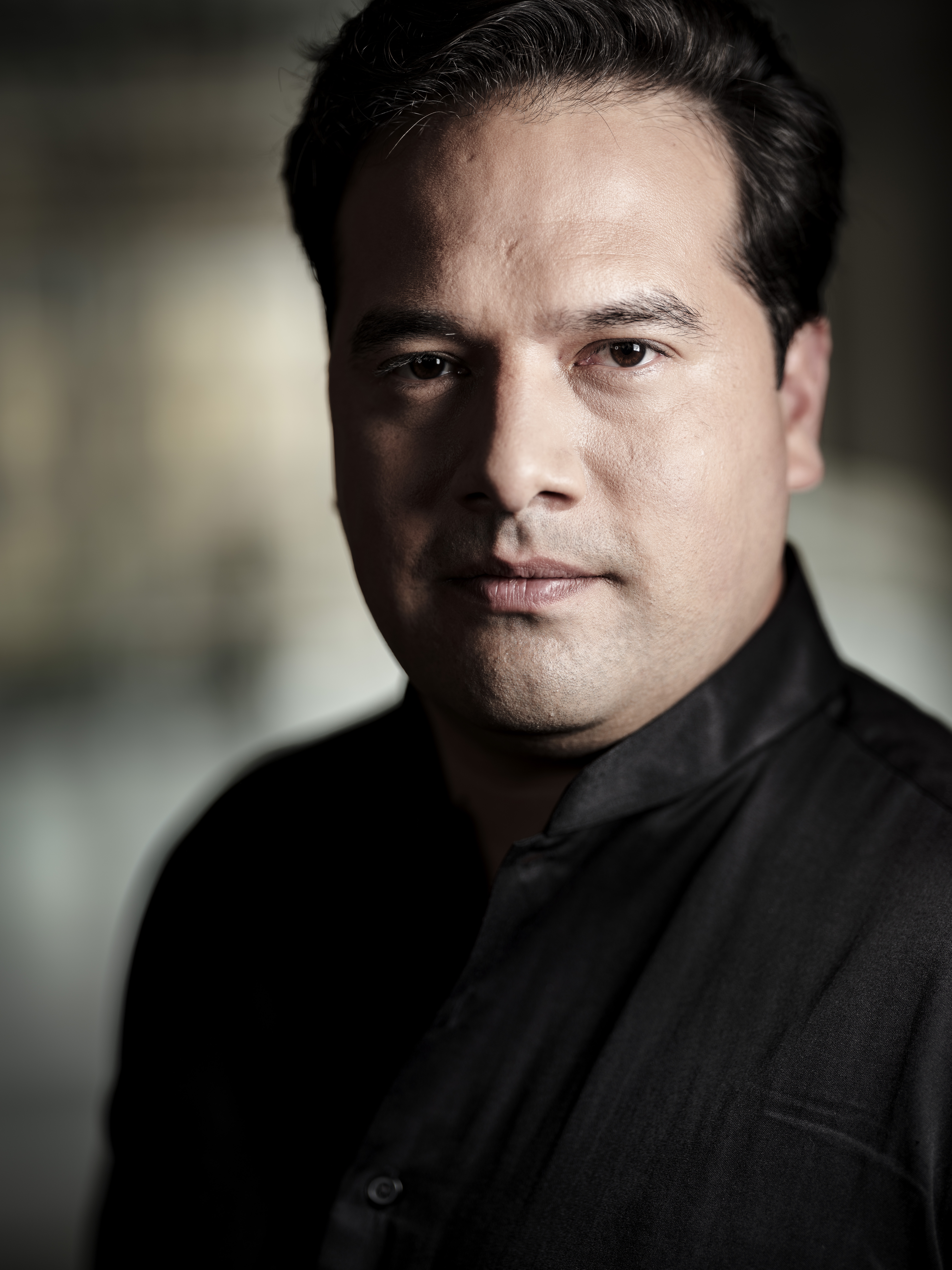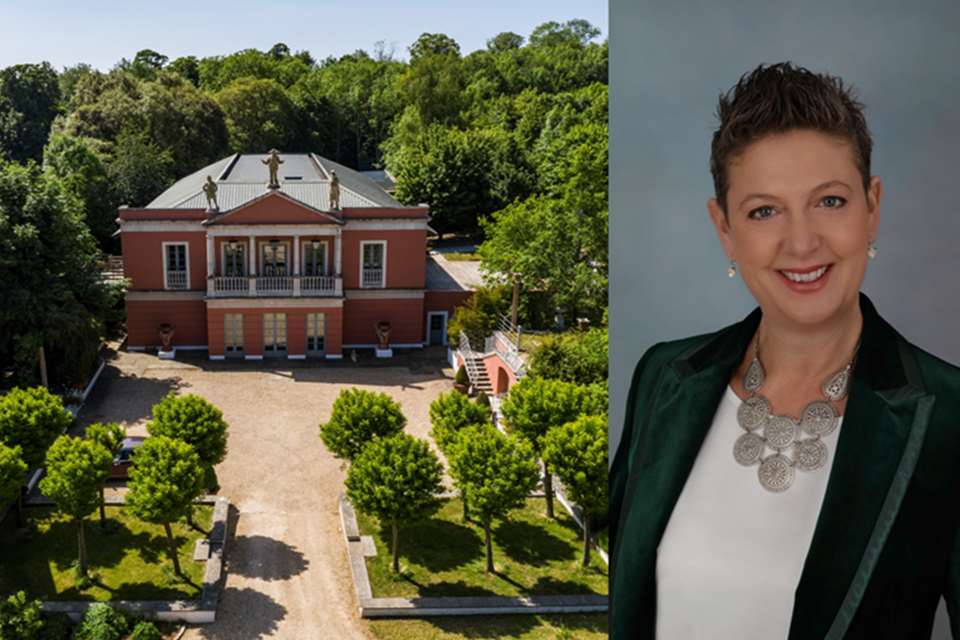The virtuous cycle
Claire Jackson
Monday, April 29, 2024
Composer cycles offer audiences – and artists – a way of experiencing a composer's work in its 'purest' form. Claire Jackson talks to the musicians getting under the skin of Sibelius, Shostakovich, Wagner and more

The room was stuffy and I was jet-lagged – I'd like to get my excuses in early for what I am about to tell you. Shortly into the moderato movement of Bartók's third string quartet I began to suffer from ‘nodding dog’ syndrome and there was nothing I could do to shake myself out of it. This was not a reflection on the musicians stoically taking us through the entire series of Bartók's string quartets in one sitting. It was simply that, on that particular day, appreciation of the six quartets played in chronological order, in one go, eluded me. A composer cycle is no mean feat – for both musicians and audiences. But there is something remarkable about hearing works from the same series performed by the same musicians, which is why composer cycles regularly appear in concert and recording programmes.
Playing all six Bartók string quartets in an extended performance in one thing, but what about Mozart's piano sonatas or Haydn's symphonies? Canadian pianist Stewart Goodyear sometimes performs all 32 Beethoven sonatas in one day, breaking only for meals. Paul Lewis does a similar thing with the composer's piano concertos, generally playing the five works over multiple concerts running over several days, as he did at the Proms in 2010. (He's about to perform this series with the New Zealand Symphony Orchestra in Christchurch Town Hall from 19 May.) The Proms is partial to a composer cycle – in 2015 Yo-Yo Ma played all of Bach's Suites for solo cello, while, in the same year, Osmo Vänskä conducted a series of all seven Sibelius symphonies. (Perhaps, in this Bruckner bicentenary, we might see a symphony cycle this year?)

 Pianist Stewart Goodyear performs all 32 Beethoven sonatas in one day ©Anita Zvonar
Pianist Stewart Goodyear performs all 32 Beethoven sonatas in one day ©Anita Zvonar
Sometimes, spreading the series over the course of a season can have deeper impact. 'The sheer intensity – the real genius – of the music can get lost in a standalone cycle,' says Alexander Sachs, violinist with the Eliot Quartett, the ensemble – comprising members from Canada, Germany and Russia – that is performing all 15 Shostakovich string quartets in Frankfurt over 2024-25. 'Of course, keeping the cycle pure is also very attractive, in a different way,' he adds, 'we hope to play the quartets on their own at some point.' In the Czech city of Ostrava, the 200th anniversary of the birth of Bedřich Smetana was marked this year with a complete cycle of the composer's eight operas, while closer to home the Orchestra of the Age of Enlightenment and András Schiff are about to join forces for a three-concert series of Mendelssohn's complete symphonies at the Southbank Centre.
"It's a way of connecting with a composer's development"
The Eliot Quartett's programme sets the quartets in chronological order over 12 concerts, combined with related pieces by the likes of Bach, Schubert, Sofia Gubaidulina and Arvo Pärt. At the opening concert, Shostakovich's first quartet was placed alongside his piano quintet and Webern's own string quartet, while 'Shostakovich the Pioneer' sees No 12 in the context of Beethoven's Grosse Fuge and Lutosławski's string quartet. The quartet's viola player Dmitry Hahalin has been the lead on the programming, broadening the ensemble's repertoire in the process. 'Finding these connections helps both us and the audience understand the music in a more nuanced way,' says Sachs, 'Shostakovich's string quartets are autobiographical; they reflect a part of his musical self that perhaps could not be shared in other work. We're playing a diverse, contrasting programme, but everything comes back to Shostakovich's twelve quartets.'
 The Eliot Quartett will perform all 15 Shostakovich string quartets in Frankfurt over 2024-25 ©Kaupo Kikkas
The Eliot Quartett will perform all 15 Shostakovich string quartets in Frankfurt over 2024-25 ©Kaupo Kikkas
Perhaps the most famous musical cycle is Wagner's Der Ring des Nibelungen, a series of four operas that, although often staged individually, are intended to be enjoyed together. To overcome practical challenges, the composer created a festival specifically to host the Ring – a tradition continued at Bayreuth, where other lengthy Wagner works like Parsifal are also regular fixtures. This summer, Longborough Festival Opera is performing the Ring over the course of a week, in three instalments (with the exception of cycle 1, Das Rheingold and Die Walküre run on adjacent days, with two days break between Siegfried and Götterdämmerung).
"Finding these connections helps both us and the audience understand the music in a more nuanced way"
Of course, the major difference between the Ring cycle and, say, the Beethoven sonatas, is that the latter was never intended to be heard from start to end. But there's much to be gained from these types of cycles, 'it's a way of connecting with a composer's development,' says Sachs, 'not everyone moves in the same way: the early and late Beethoven string quartets are like night and day.'
 Wagner's Der Ring des Nibelungen is perhaps the most famous musical cycle ©Matthew Williams-Ellis
Wagner's Der Ring des Nibelungen is perhaps the most famous musical cycle ©Matthew Williams-Ellis
A composer cycle doesn't have to be numerical. In his recording series of Mozart piano concertos, Howard Shelley pairs contrasting numbers, such as Nos 13 and 24, or 9 and 17. Recently, there has been a trend towards combining a composer cycle with contemporary works, such as Jonathan Biss's Beethoven/5 series, a project that has programmed Beethoven's piano concertos with newly commissioned work by Timo Andres, Sally Beamish, Salvatore Sciarrino, Caroline Shaw and Brett Dean that takes inspiration from its partner concerto.
However it is programmed, a composer cycle requires deep immersion into a particular sound world. 'Doing a cycle, whether it's Beethoven or Haydn, Mozart, Tchaikovsky or whomever has always been a long-term goal of ours,' says Sachs, 'but we needed to build up to our Shostakovich focus. There are more practical considerations than with other performances. We celebrate our ten-year anniversary together this year; I think you need a certain familiarity as an ensemble to embark on this type of complex programme.'


